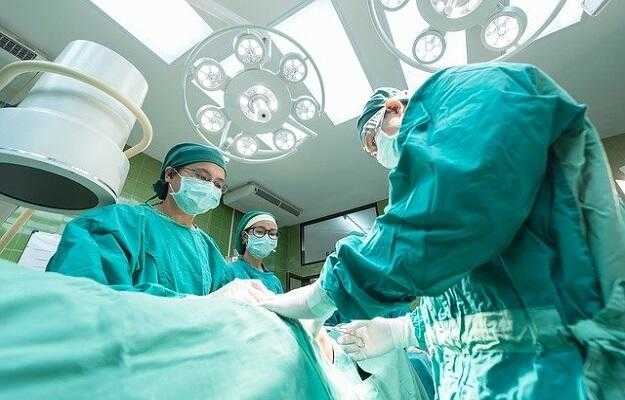Summary
Spinal fusion is a surgical procedure wherein two or more of the bones of the spine are fused together to improve stability and alleviate the pain resulting from conditions such as spinal stenosis or scoliosis.
Your spine consists of bones called vertebrae arranged in a stack. These vertebrae are separated from one another by an intervertebral disc, which provides flexibility and acts as a shock absorber. However, wear and tear and other conditions of the vertebrae result in severe pain, loss of sensation, and other symptoms. Spinal fusion is recommended to alleviate these symptoms. During the surgery, the affected vertebrae are fused using a bone graft obtained from your hip bone or a bone bank. In some cases, an artificial bone may also be used. You will need to rest for at least four to six weeks after the surgery before resuming work.
Read more: Bone grafting procedure






































